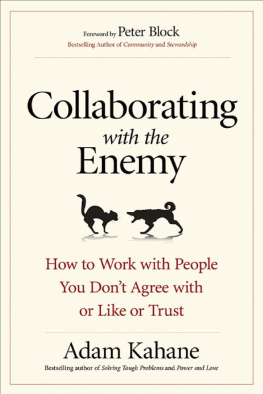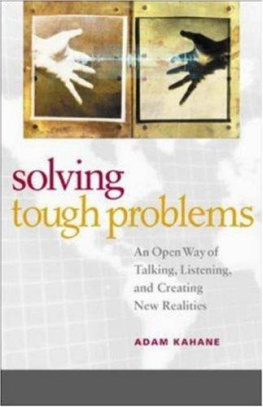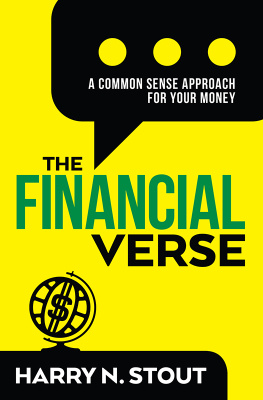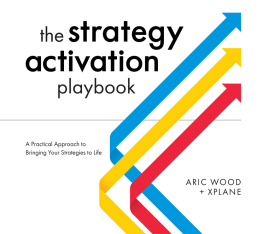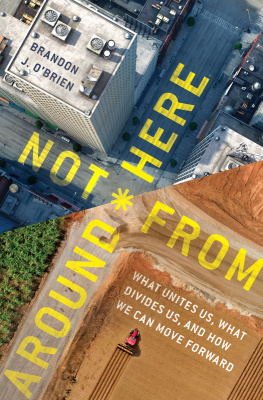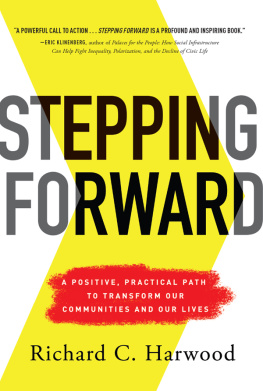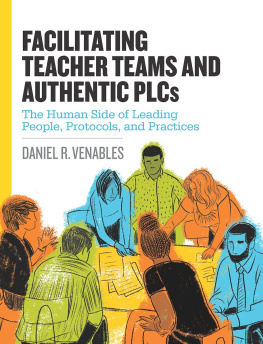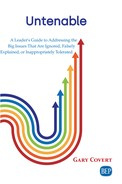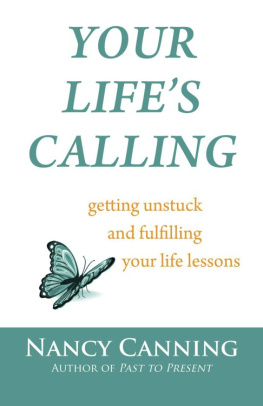Contents
Guide
Page List
FACILITATING BREAKTHROUGH
OTHER BOOKS BY ADAM KAHANE
Solving Tough Problems: An Open Way of Talking, Listening, and Creating New Realities
Power and Love: A Theory and Practice of Social Change
Transformative Scenario Planning: Working Together to Change the Future
Collaborating with the Enemy: How to Work with People You Dont Agree with or Like or Trust

Facilitating Breakthrough
Copyright 2021 by Reos U.S. Inc.
All rights reserved. No part of this publication may be reproduced, distributed, or transmitted in any form or by any means, including photocopying, recording, or other electronic or mechanical methods, without the prior written permission of the publisher, except in the case of brief quotations embodied in critical reviews and certain other noncommercial uses permitted by copyright law. For permission requests, write to the publisher, addressed Attention: Permissions Coordinator, at the address below.

| Berrett-Koehler Publishers, Inc.
1333 Broadway, Suite 1000
Oakland, CA 94612-1921
Tel: (510) 817-2277, Fax: (510) 817-2278
www.bkconnection.com |
Ordering information for print editions
Quantity sales. Special discounts are available on quantity purchases by corporations, associations, and others. For details, contact the Special Sales Department at the Berrett-Koehler address above.
Individual sales. Berrett-Koehler publications are available through most bookstores. They can also be ordered directly from Berrett-Koehler: Tel: (800) 929-2929; Fax: (802) 864-7626; www.bkconnection.com
Orders for college textbook/course adoption use. Please contact Berrett-Koehler: Tel: (800) 929-2929; Fax: (802) 864-7626.
Distributed to the U.S. trade and internationally by Penguin Random House Publisher Services.
Berrett-Koehler and the BK logo are registered trademarks of Berrett-Koehler Publishers, Inc.
First Edition
Paperback print edition ISBN 978-1-5230-9204-8
PDF e-book ISBN 978-1-5230-9205-5
IDPF e-book ISBN 978-1-5230-9206-2
Digital audio ISBN 978-1-5230-9207-9
2021-1
Production manager: Susan Geraghty. Cover design: Daniel Tesser, Studio Carnelian. Interior design: Gopa & Ted2 Design. Composition: Westchester Publishing Services. Copyeditor: Michele D. Jones. Proofreader: Cathy Mallon. Indexer: Carolyn Thibault. Author photo: Dave Chan.
To my teachers
Contents

by Edgar H. Schein
Foreword by Edgar H. Schein

T he key to this book is the second word in its title: breakthrough. With powerful stories from around the world, Adam Kahane tells us how he and his colleagues have worked with groups, both within organizations and across larger social systems, that are stuck in complexity and conflict. This book provides us with profound insight into how transformative facilitation helps such groups get unstuck and move forward: to collaborate to make progress toward shared goals.
At the same time, this book makes a strong statement about the nature of those shared goalslearning to live together in a way that love, power, and justice enhance and support one another. We learn how challenging this facilitation can be. Even as we read about the variety of strategies and tactics that the facilitators use, we are always reminded that they are dealing not with solving simple problems but with helping address complex challenges.
Coaches, consultants, teachers, therapists, and other professional helpers have evolved many variants of facilitation for the myriad of situations in which individuals or groups get stuck and need help. What different forms of facilitation have in common is the need for a third party, and a process for creating a container, a defused context, and a cultural island within which the third parties can use their own behaviors and interventions to help the parties move forward.
There are also many kinds of theories of how to do this, and there are many kinds of group problems that the different facilitators work with, so it becomes important to identify what is different in Kahanes approach, and why that difference is important in todays complex, conflicted, and interdependent world.
What is different in this book?
First, the authors vast experience as the third party working with groups that have become seriously stuck is unique both in what he has accomplished and in his ability to tell the story in a way that enables others to understand and appreciate the importance of his particular approach to facilitation.
Second, the book shows that facilitating is not just the clever interventions introduced by the consultant at a group meeting, but can and often must be a multiyear process of one or more consultants partnering with stakeholders to build trust and openness, and then organizing safe places for the parties to face one another, get to know one another, and build enough trust to be able to move forward together. All this requires innovation, experimentation, and agility to identify and remove the barriers to transformation.
Third, the facilitation that is described here deals not only with groups stuck in product development or marketing problems but also with ones embedded in deep political and economic conflicts that have historical roots and, therefore, have created strong resistance to even getting together, much less trusting one another enough to allow a third party to get involved.
Fourth, Kahanes transformative facilitation is a great exemplar of bringing forward two aspects of Kurt Lewins philosophy of foundational social change: working on important social issues where getting groups unstuck is essential, and doing so with a model of experiential learning in which teacher (facilitator) and student (client) creatively combine their roles as needed to get unstuck. This kind of work in the late 1940s initially grew out of the Human Relations Labs held in Bethel, Maine, and in the Tavistock Clinic in the UK, and was combined with the important work of futurists such as Don Michael.
Many of the interventions that were launched in those one- or two-week labs evolved into multiyear projects within global organizations and communities. They all had in common what was then labeled action research, in which intervention was almost always defined as a shared process between the client system and the third-party interveners. We now take experiential learning for granted and have forgotten not only how new this model is but also how much we need it more than ever in resolving deep conflicts. This book will be an important exemplar of applying aspects of experiential learning philosophy to our current global problems, especially the problem of multinational competition around the issue of what to do about the imminent danger of climate change to human survival.


